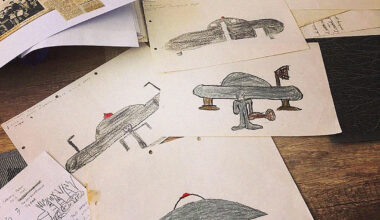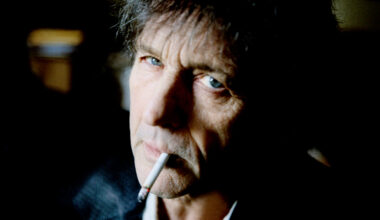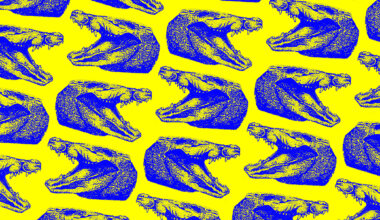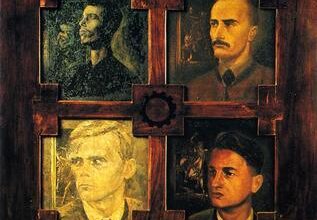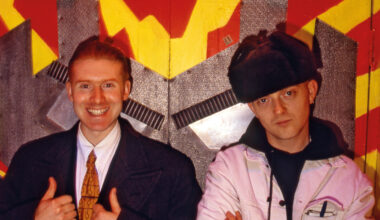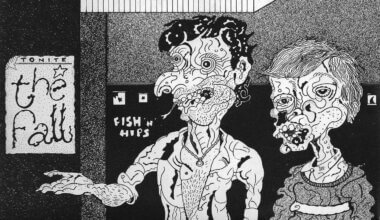Revered Scottish composer Craig Armstrong recalls the excitement of working with Massive Attack on their influential second album, ‘Protection’, and releasing his own work on their Melankolic label
Want to read more?
Sign up to Electronic Sound Premium to gain access to every post, video, special offers, and more. 100%, all you can eat, no commitment, cancel any time.
Already a premium member? Log in here
